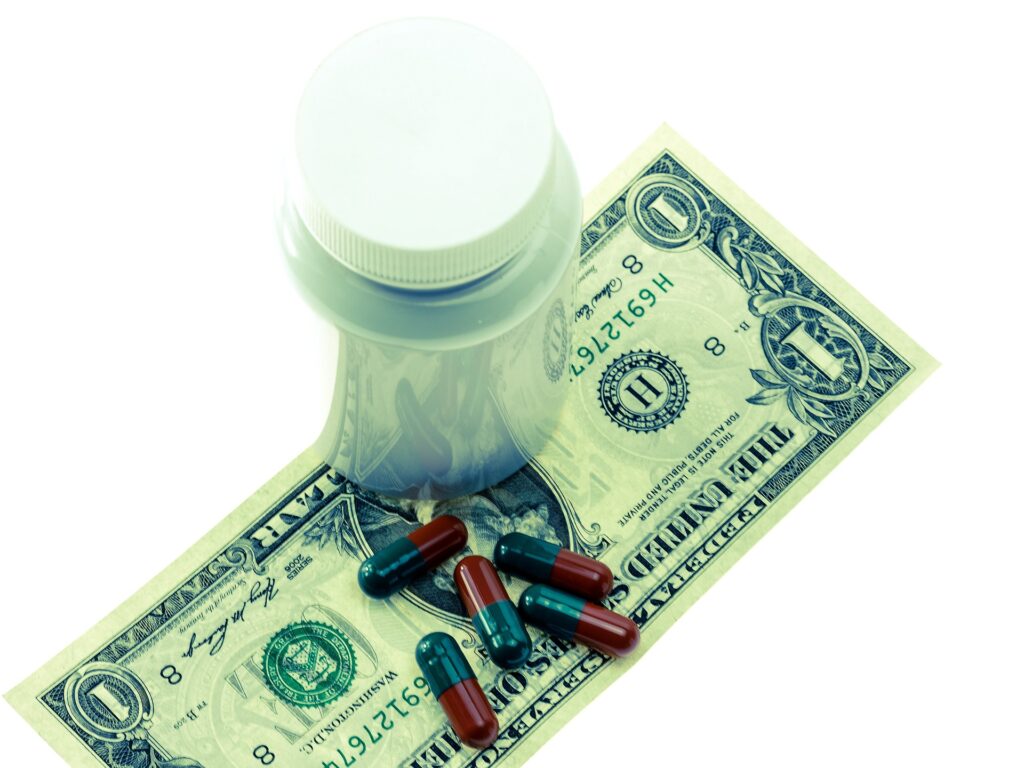Projected Medicare Part D costs in 2022 are slightly lower than in 2021 and slower growth in overall drug prices is one of the reasons why, the 2022 Medicare Trustees Report released Thursday shows.
Part D costs have an average annual growth rate of 1.0% over the last five years, a period when GDP grew by 4.2%, the 263-page report explains. Part D is a voluntary Medicare prescription drug benefit that offers beneficiaries a choice of private drug insurance plans.
“The Trustees project that cost growth over the next 5 years will average 10.3 percent for Part B and 7.4 percent for Part D, faster than the projected average annual GDP growth rate of 5.3 percent over the period,” the report says. “The projected Part D costs … are slightly lower than those in the 2021 report. The difference is primarily attributable to slower growth in overall drug prices and higher direct and indirect remuneration (DIR), partially offset by higher enrollment growth.”
The 2022 Medicare Trustees Report finds that the Hospital Insurance (HI) trust fund could run short of money in 2028, two years later than projected in the 2021 report, but it also notes that “as in past years, the Trustees have determined that the fund is not adequately financed over the next 10 years,” Good Day BIO says.
According to Treasury Secretary Janet Yellen, “This latest report shows an improvement in the financial position of Social Security and Medicare, reflecting the strong economic recovery and growth in the last year. However, in the coming decades, it will be vital for Congress to take steps to put Social Security and Medicare on a solid financial footing for the long term.”
Brand-name drug prices declined in 2021
The findings of this report are similar to those of Drug Channels’ annual analysis of prices of drugs at 10 large pharmaceutical manufacturers, which showed negative or slow growth in brand-name drug prices in 2021.
“When rebates and discounts were factored in, brand-name drug prices declined—or grew slowly—in 2021. Consistent with our previous analyses, rebates and discounts reduced the selling prices of brand-name drugs to less than half of their list prices,” wrote Drug Channels’ Adam Fein last month, as quoted by Good Day BIO. “As I have pointed out many times, pharma industry perma-critics refuse to accept that brand-name drug prices are falling—or that prescription drug spending is a small and stable portion of overall U.S. healthcare expenditures. That’s why I refer to them as drug pricing flat earthers (#DPFE). As famous economist John Maynard Keynes reportedly said: ‘When the facts change, I change my mind.’ What will the DPFEs do?”
Meanwhile, as The Hill reported on Friday, Sen. Joe Manchin (D-WV) has indicated support for a slimmed-down Build Back Better, which could include drug price controls, even though, Good Day BIO notes, the facts say innovation-killing drug price controls are not the answer to lowering the price patients pay for medicine.




